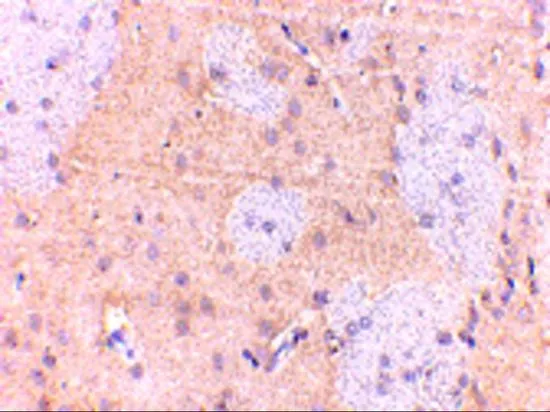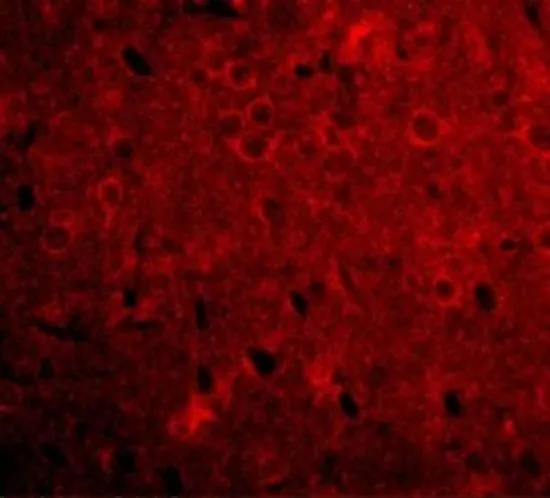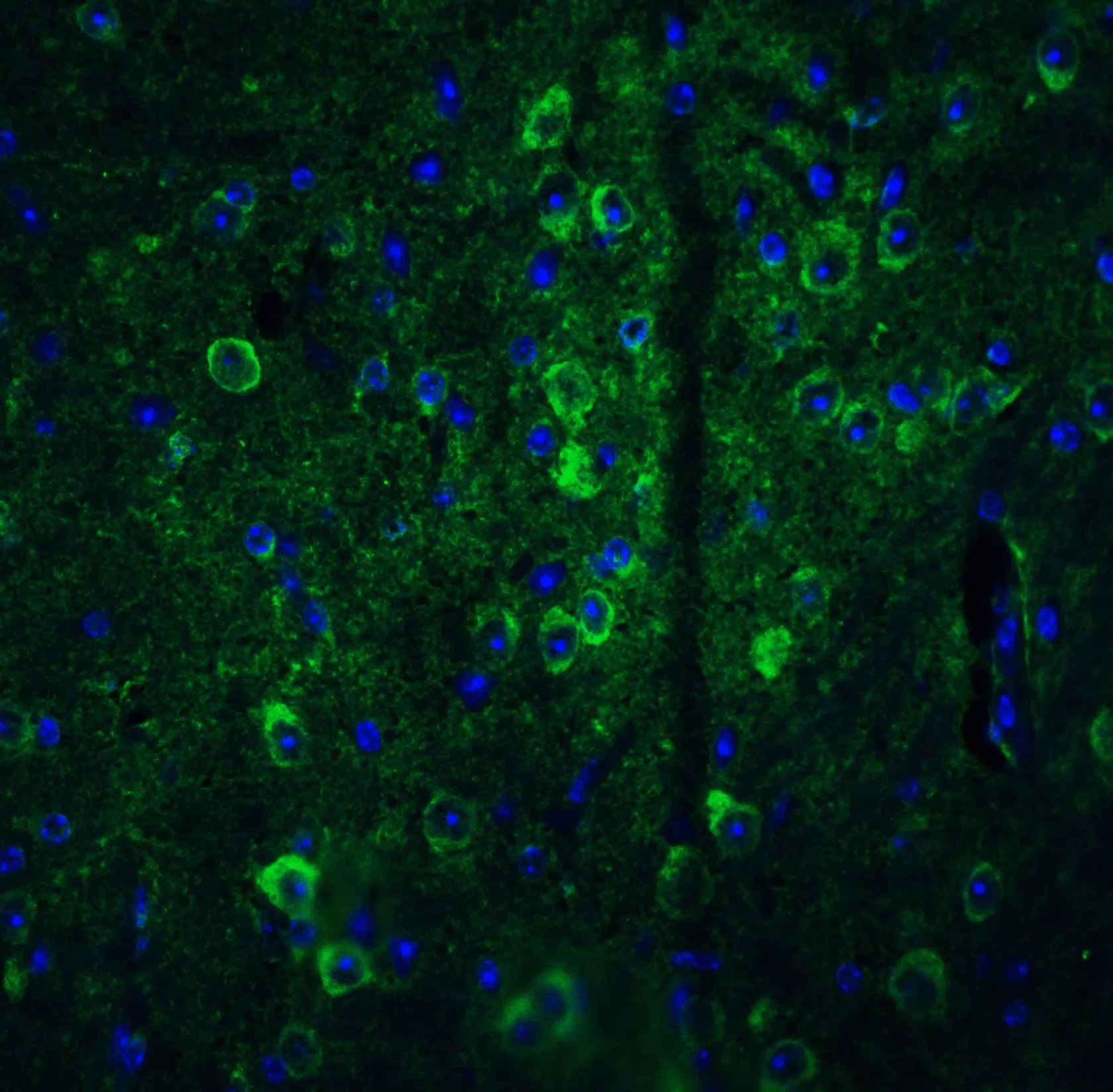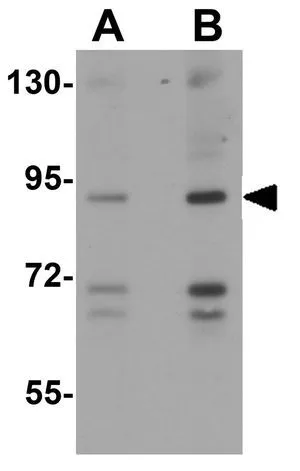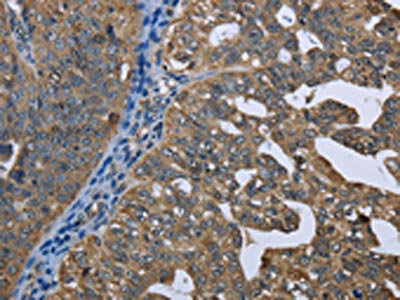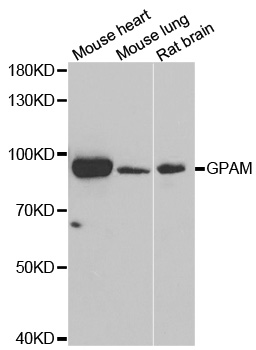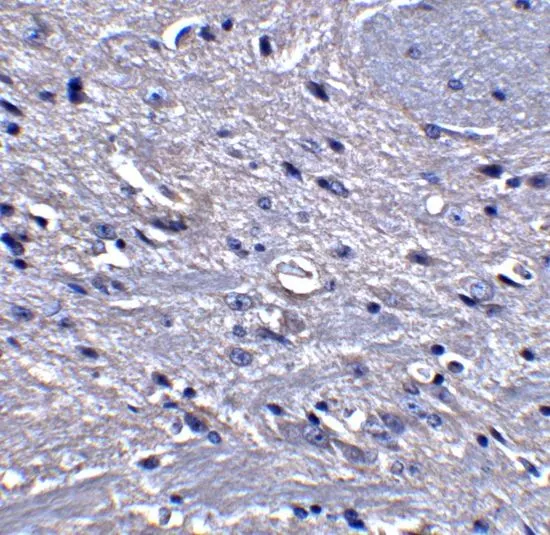
IHC-P analysis of mouse brain tissue using GTX85034 GPAM antibody. Working concentration : 5 microg/ml
GPAM antibody
GTX85034
ApplicationsWestern Blot, ELISA, ImmunoHistoChemistry, ImmunoHistoChemistry Paraffin
Product group Antibodies
TargetGPAM
Overview
- SupplierGeneTex
- Product NameGPAM antibody
- Delivery Days Customer9
- Application Supplier NoteWB: 1 - 2 microg/mL. IHC-P: 2.5 microg/mL. *Optimal dilutions/concentrations should be determined by the researcher.Not tested in other applications.
- ApplicationsWestern Blot, ELISA, ImmunoHistoChemistry, ImmunoHistoChemistry Paraffin
- CertificationResearch Use Only
- ClonalityPolyclonal
- Concentration1 mg/ml
- ConjugateUnconjugated
- Gene ID57678
- Target nameGPAM
- Target descriptionglycerol-3-phosphate acyltransferase, mitochondrial
- Target synonymsGPAT, GPAT1, glycerol-3-phosphate acyltransferase 1, mitochondrial, GPAT-1
- HostRabbit
- IsotypeIgG
- Protein IDQ9HCL2
- Protein NameGlycerol-3-phosphate acyltransferase 1, mitochondrial
- Scientific DescriptionGlycerol-3-phosphate acyltransferase 1 (GPAT1), one of four known GPAT isoforms, is located on the mitochondrial outer membrane, allowing reciprocal regulation with carnitine palmitoyltransferase-1. It is thought to be critical for the development of hepatic steatosis; steatosis triggered by GPAT1 overexpression leads to hepatic and possibly peripheral insulin resistance. GPAT1 is transcriptionally upregulated by insulin and sterol regulatory element binding protein (SREBP-1) and downregulated by AMP-activated protein kinase. Mice deficient in GPAT1 exhibit decreased triacylglycerol (TAG) in cardiomyocytes even in high-fat diets, suggesting that GPAT1 contributes significantly to TAG accumulation in heart tissue during lipogenic or high fat diets. At least two isoforms of GPAT1 are known to exist.
- Storage Instruction-20°C or -80°C,2°C to 8°C
- UNSPSC12352203

